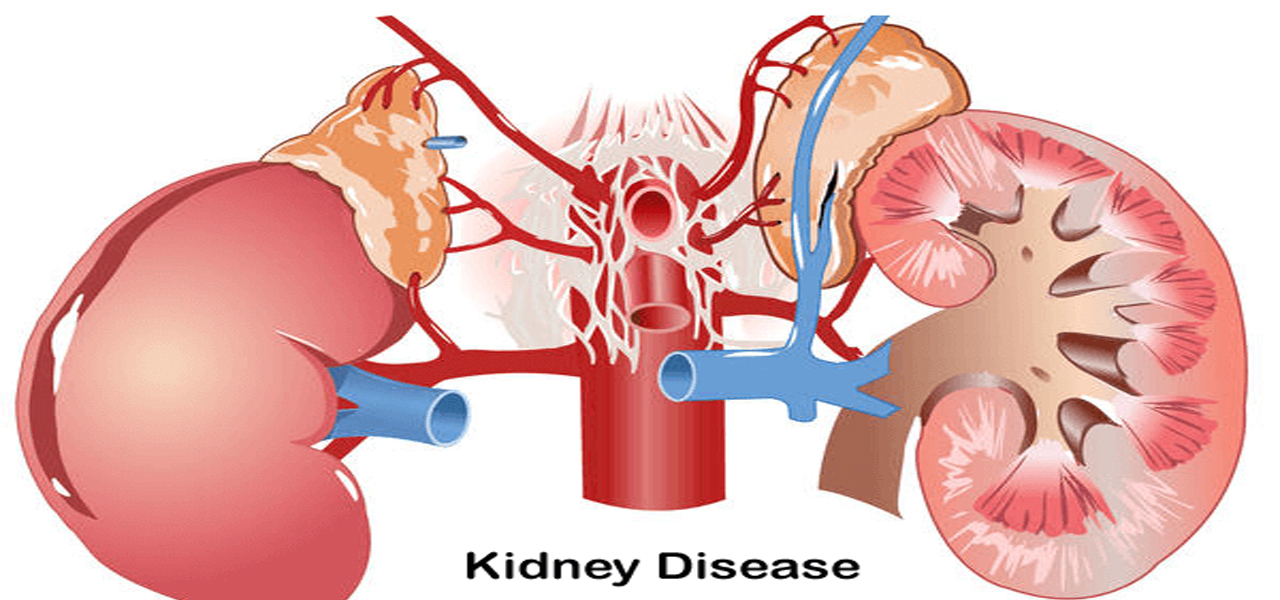|
DEFINITION
|
|
Glomerulonephritis is inflammation of the tiny filters in the kidneys (glomeruli).
The excess fluid and waste that glomeruli remove from the bloodstream exit the body as urine.
|
|
SYMPTOMS
|
|
- Pink or cola-colored urine from red blood cells in your urine (hematuria)
- Foamy or bubbly urine due to excess protein in the urine (proteinuria)
- High blood pressure (hypertension)
- Fluid retention (edema) with swelling evident in your face, hands, feet and abdomen
- Urinating less than usual
- Nausea and vomiting
- Muscle cramps
- Fatigue
|
|
CAUSES
|
|
|
INFECTIONS
- Post streptococcal glomerulonephrirtis
- Bacterial endocarditis
- Viral kidney infections
- HIV
AUTOIMMUNE DISEASES
- Lupus
- Goodpasture,s syndrome
- IGA nephropathy
VASCULITIS
- Polyarteritis
- Granulomatosis with polyangitis
SCLEROTIC CONDITIONS
- High blood pressure
- Diabetic kidney disease (diabetes nephropathy)
- Focal segmental glomerulosclerosis
|
|
RISK FACTORS:-
- A family history of kidney disease.
- Past or current kidney problems.
- Having other health problems such as diabetes and high blood pressure.
- Taking certain medicines.
- Exposure to toxins.
|
|
|
COMPLICATIONS
|
|
- Accumulation of wastes or toxins in the bloodstream
- Poor regulation of essential minerals and nutrients
- Loss of red blood cells
- Loss of blood proteins
- Acute kidney failure
- Chronic kidney disease
- High blood pressure
- Nephrotic syndrome. Nephrotic syndrome is a condition in which there is too much blood protein in urine and too little in the bloodstream.
|
|
PREVENTION
|
|
- Seek prompt treatment of a strep infection with a sore throat or impetigo.
- To prevent infections that can lead to some forms of glomerulonephritis, such as HIV and hepatitis, follow safe-sex guidelines and avoid intravenous drug use.
- Control high blood pressure, which lessens the likelihood of damage to your kidneys from hypertension.
- Control your blood sugar to help prevent diabetic nephropathy.
|


